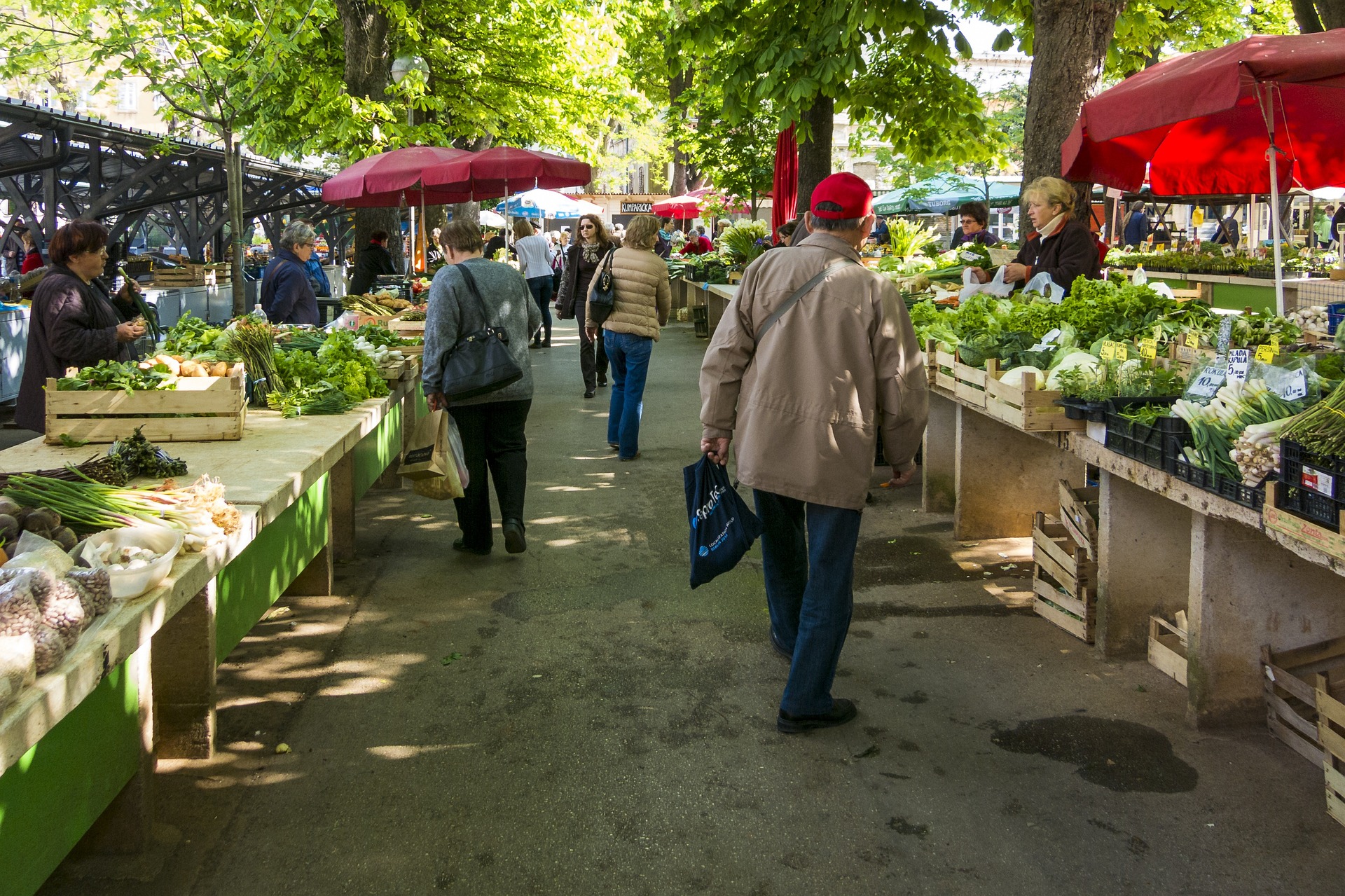Neolocalism: The Return to Community-Centric Living
In an era of global connectivity, a surprising trend is taking root across urban landscapes: neolocalism. This movement sees individuals and communities rekindling their connection to local environments, cultures, and economies. What's driving this shift towards hyper-local living in our increasingly globalized world? Read below to explore the rise of neolocalism and its profound impact on modern society.
The term neolocalism was coined in the 1990s by geographers to describe the conscious effort to create a locally rooted sense of identity in contrast to the placelessness often associated with globalization. It encompasses a wide range of practices, from supporting local businesses to participating in community events and preserving local heritage.
The Drivers of the Neolocal Movement
Several factors have contributed to the growing popularity of neolocalism in recent years. Environmental concerns have led many to seek ways to reduce their carbon footprint by consuming locally produced goods. The desire for authenticity and unique experiences has driven interest in local cultures and traditions. Additionally, the economic upheavals of the past decade have highlighted the importance of resilient local economies.
The COVID-19 pandemic has further accelerated this trend, as lockdowns and travel restrictions forced people to rediscover their immediate surroundings. Many found solace and support in their local communities during this challenging time, reinforcing the value of strong neighborhood ties.
Manifestations of Neolocalism in Urban Life
Neolocalism manifests in various ways across urban environments. One prominent example is the rise of farmers markets and community-supported agriculture (CSA) programs. These initiatives not only provide access to fresh, locally grown produce but also create spaces for community interaction and support local farmers.
The craft beer movement is another manifestation of neolocalism. Microbreweries often incorporate local ingredients and cultural references into their products, creating unique flavors that reflect their geographic origins. This trend has expanded to other artisanal products, from coffee to cheese, as consumers seek out goods with a distinct local character.
In the realm of urban planning, neolocalism has influenced the development of mixed-use neighborhoods that prioritize walkability and community spaces. These areas often feature local businesses, public art installations, and gathering places that celebrate the unique character of the neighborhood.
The Digital Paradox of Neolocalism
Interestingly, the rise of neolocalism coincides with unprecedented global connectivity through digital technologies. This apparent contradiction actually reveals a symbiotic relationship between the local and the global. Social media platforms and location-based apps have made it easier for people to discover and engage with local businesses, events, and communities.
Digital tools have also enabled the formation of hyper-local online communities, where neighbors can connect, share resources, and organize activities. These virtual spaces often translate into real-world interactions, strengthening local social fabric.
Challenges and Criticisms of Neolocalism
While neolocalism offers many benefits, it’s not without its challenges and critics. One concern is the potential for exclusivity and gentrification. As neighborhoods become more desirable due to their strong local character, property values may rise, potentially displacing long-time residents.
There’s also the question of scalability and sustainability. Can local production methods meet the needs of large urban populations? Critics argue that a purely local approach may not be efficient or environmentally sustainable in all cases.
Furthermore, there’s a risk of neolocalism devolving into parochialism or xenophobia if taken to extremes. The challenge lies in balancing local identity with openness to diversity and global influences.
The Future of Neolocalism
As we look to the future, neolocalism is likely to continue shaping urban landscapes and community dynamics. The ongoing climate crisis and concerns about supply chain resilience may further drive the trend towards localization. However, the movement will need to address its challenges to ensure inclusivity and sustainability.
Emerging technologies like urban farming and 3D printing could revolutionize local production capabilities, potentially addressing some of the scalability concerns. Meanwhile, policymakers and urban planners are increasingly recognizing the value of strong local communities in creating resilient, livable cities.
The future of neolocalism lies in finding a balance between local distinctiveness and global interconnectedness. As this movement evolves, it has the potential to create more sustainable, cohesive, and vibrant urban communities, reshaping our relationship with the places we call home.






